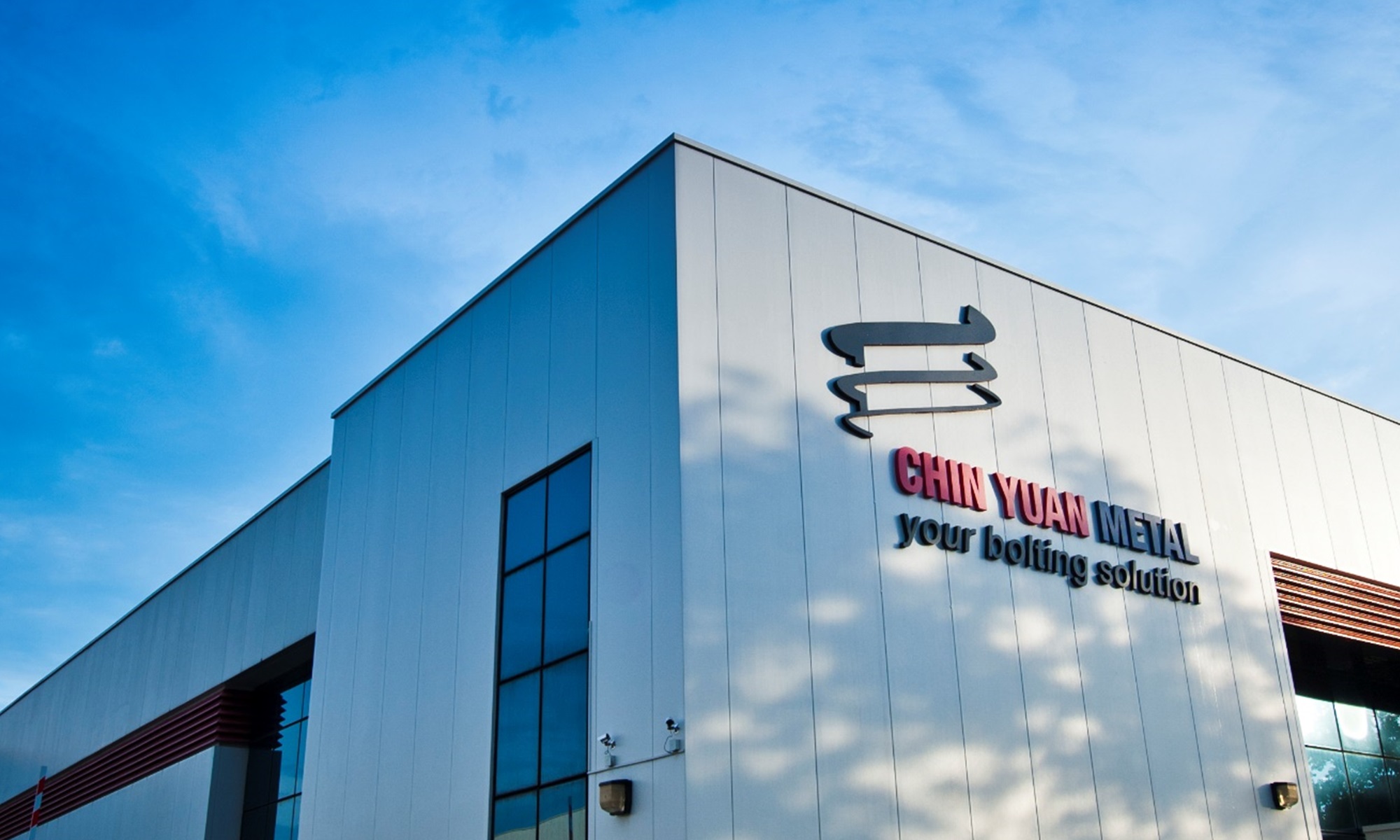Basics Of Steel Fabrication
Steel Fabrication Definition
You can’t always find what you need in a hardware store. In construction, there are things that you would need aside from the basic nails and hammer. You may require materials that are non-standard, such as a steel beam in a particular size and design. Because you are building an original concept, that particular material isn’t available in stores. You need to have one custom made. That’s where steel fabrication comes in.
As a fire and heat resistant material, steel is perfect to be fabricated into different forms. It is one of the most commonly used materials in building and construction, and it is easily formed. Fabrication of steel can involve bending, moulding, welding, burning, crafting, and cutting. It can be mixed with different substances upon fabrication, depending on its intended use.
Fabrication of steel has countless uses in building and construction, architecture, engineering, and even in other industries. It can produce tiny tools that are used in homes, schools, or vehicles; it can form parts of furniture and decorations; and can also create huge building materials like steel pipes, gates, and beams.
Process Of Steel Fabrication
Fabricating steel is a complicated process that has doesn’t use precise ingredients because it is all dependent on the design and specifications of the customer. It can involve steel detailing and designing, and can include manufacturing of raw components using various tools.
There are several ways on how to fabricate steel. One way is by heating raw ingredients to be mixed into steel. This is called the integrated process. Another process includes melting recycled steel in a furnace before mixing it with other specified materials.
After forming the steel, it would need to be formed into the shape and design the customer provided. It can be cut using laser cutters and water jet cutters, or welded. The last stage is polishing the finished product. The steel fabrication process may also include use of different machines, materials, and techniques to precisely meet the specifications and designs of the customer.
